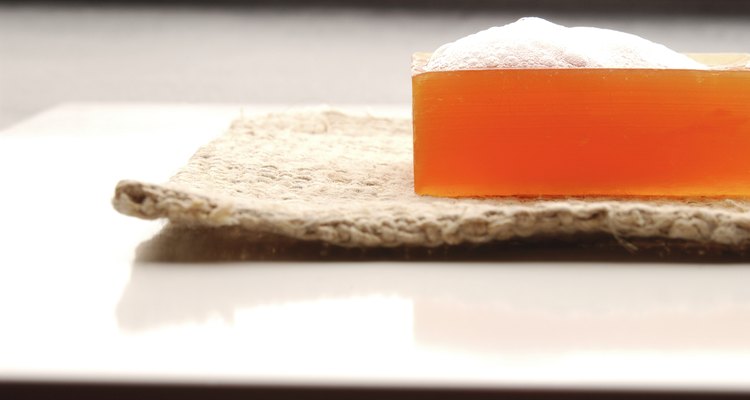
Hemera Technologies/AbleStock.com/Getty Images
Basic soaps are all made the same way--from fats and oils mixed with lye (sodium hydroxide). The type of fat or oil used determines how soft or hard the bar of soap is. The amount of lye controls how strong or alkaline the soap feels on your skin. Soap can also contain additives that provide its color, feel, strength, fragrance and texture, and stabilize and preserve.
Lye
A heated lye (strong alkaline) solution is used to break down or saponify the warm fats or oils into components that then thicken into a pudding-like mixture and recombine to form soap. The mixture is added to molds to form bars of soap.
Fats and Oils
The solid fats that are used in the manufacture of soap include coconut oil, palm oil, tallow (purified beef or sheep fat) or lard (purified pork fat). Solid fats make harder soaps. Oils like olive, soybean, blended vegetable, avocado and canola form softer soaps.
Thickeners
These chemicals enhance the reaction between fats and oils and the lye and cause the soap mixture to harden more quickly and evenly.
Detergents
Detergent ingredients decrease skin irritation caused by the soap without decreasing the sudsing and cleaning ability of the soap.
Preservatives
BHT (butylated hydroxytoluene) is an antioxidant compound that is sometimes added to keep the oils in the soap from becoming rancid (decomposing and developing an unpleasant smell).
Antimicrobials
Antibacterial products are sometimes added to kill bacteria on the skin. Antibacterial agents can be irritating to the skin if present in the soap in too high a concentration.
Emollients
Emollients are softeners and moisturizers that are added to make soaps and your skin feel smoother and softer.
Sequestering Agents
These chemicals are water softeners that stabilize dyes and fragrances and trap metal ions like calcium and magnesium to prevent these metals from combining with the soap to form soap scum.
Dyes
These agents are added to the soap mixture while it is hardening to color the soap.
Fragrances
These are essential oil perfumes that are added to the soap mixture before it hardens to give the soap an aroma. Common fragrances include rose, lavender, lilac, lily of the valley, vanilla, almond, apple and violet. More exotic fragrances like basmati rice, chocolate, black tea, lettuce and grapefruit are also available.
Emulsifiers
Emulsifiers are blending agents. They assure that dyes and fragrances combine evenly and smoothly with the rest of the ingredients in the soap.
Related Articles

Ingredients of Fels Naptha

What Is Triple-Milled Soap?
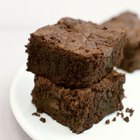
What Kind of Oil Do You Use in Brownie ...
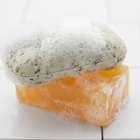
What Are the Functions of Sodium ...
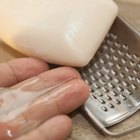
How to Make Bar Soap Into Liquid Soap ...

What Are the Ingredients in Elizabeth ...

How to Make Homemade Lotion With ...

How to Make Homemade Green Tea ...
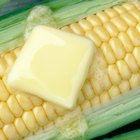
Common Food Emulsifiers

Main Ingredients in Cologne

How to Use Cetyl Alcohol to Make Liquid ...
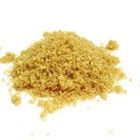
How to Make Sugar Soap
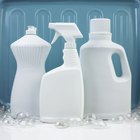
Difference Between Soap & Synthetic ...

What Is Clear Liquid Coconut Oil?

What Are the Benefits of Olive Oil Soap?
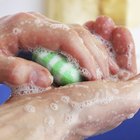
Why Soap Lathers
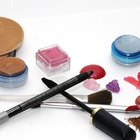
How to Make Cosmetics With Zinc Oxide ...

How Does Homemade Soap Compare to ...

Aveda Shampure Ingredients
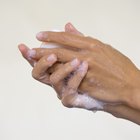
Ingredients in Hand Soap
References
Writer Bio
An organic chemist with a Master of Science from Case-Western Reserve University and a Master of Business Administration from Northwestern University, Ann Louise Truschel has been a freelance medical and business writer since 1982. Her client list includes big pharma, insurers, CME firms, medical journals, trade magazines, professional medical organizations, newspapers and The Department of Defense.
Photo Credits
Hemera Technologies/AbleStock.com/Getty Images